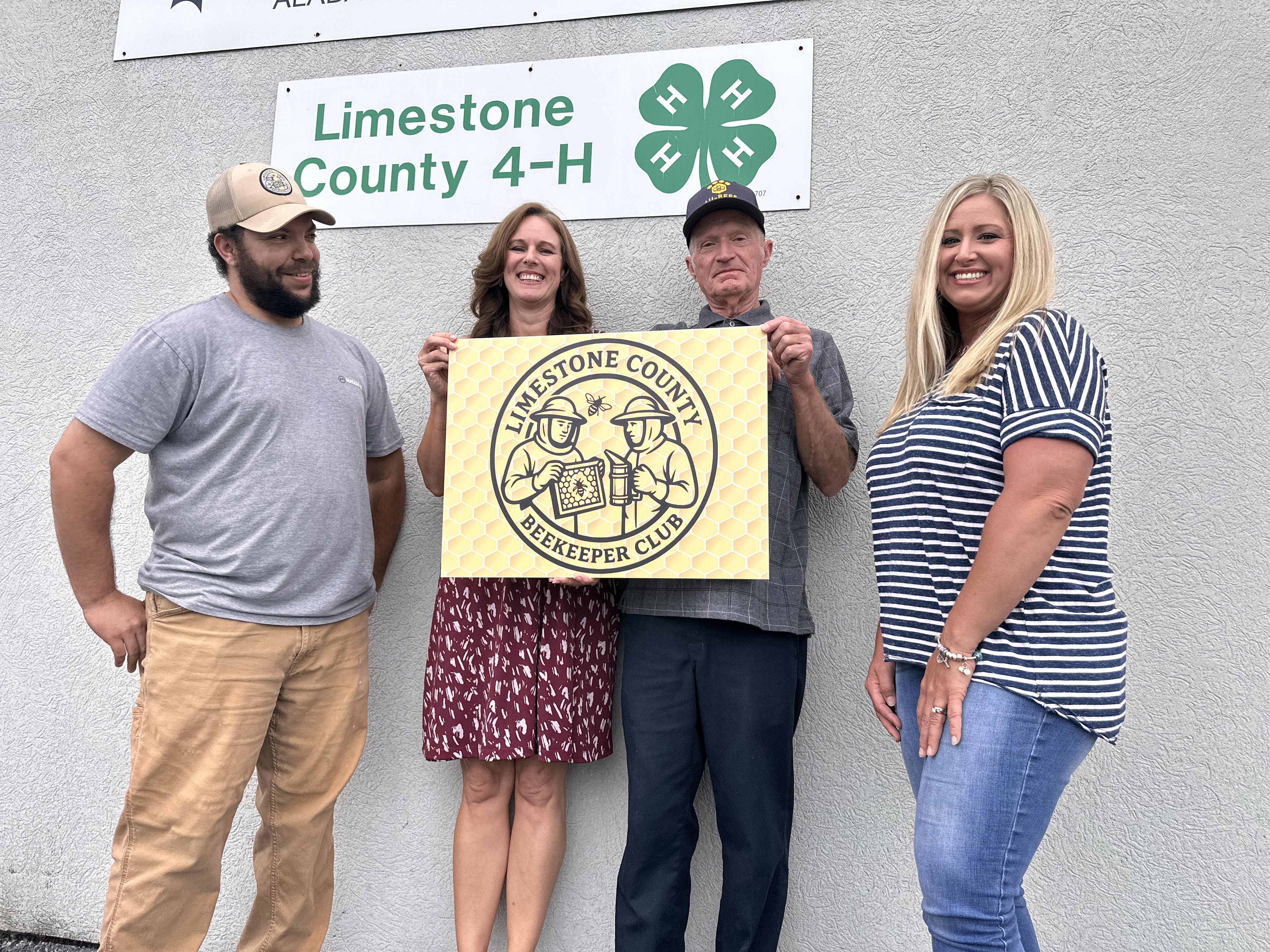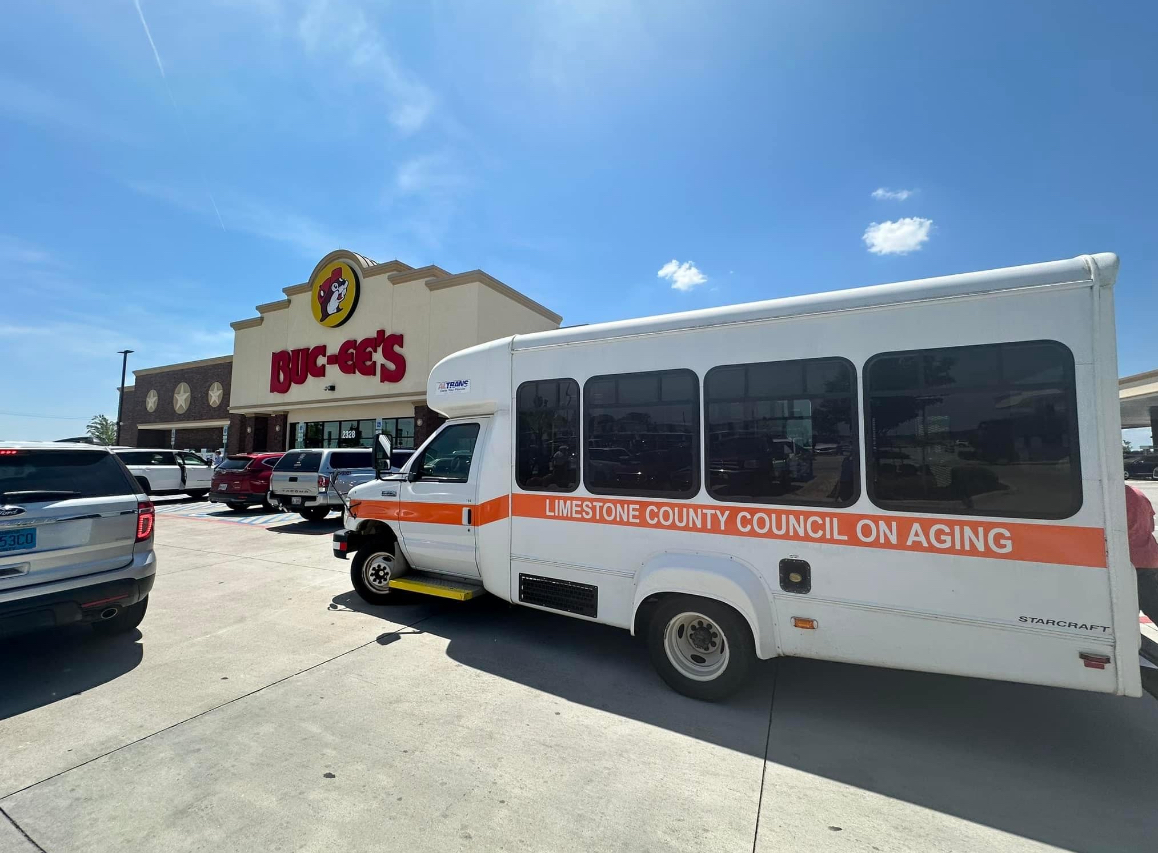Old soldier lays ghosts to rest in telling of his WWII story
Published 7:20 pm Saturday, March 11, 2006
Healing old war wounds was a long time coming for Elkmont resident Cliff Wilford.
But Wilford, 82, made an important step last summer when he submitted his remembrances to the Veterans History Project. His story is on the Web site www.loc.gov/vets.
Wilford was the 13th child of a Kentucky farmer and coal miner in Middlesboro, Ky., and had just a seventh-grade education when he joined the Army.
“I joined the U.S. Army’s 10th Infantry Regiment on Oct. 20, 1940, which was stationed at Fort Thomas Kentucky, near Cincinnati, Ohio,” said Wilford. “I was only 16 years old and had to get my parents’ permission. We were just coming out of the Depression and Mid-east oil was replacing coal….There were no jobs available for a 16-year-old in the coal fields.”
Wilford earned a Silver Star and five Bronze Stars for participating in five major campaigns: Normandy, Northern France, the Battle of the Bulge, Rhineland and Central Europe. When the war ended, Wilford remained in Germany for a time, recovering rotted bodies from concentration camps.
When he returned stateside, having earned his high school diploma during Army training, he went on to earn a two-year tech school degree on the GI Bill, becoming a journeyman electrician. He was hired at General Motors’ transmission plant in Ypsilanti, Mich., and he worked there for 31 years. He said he had a happy 46-year marriage until his wife died of breast cancer. He also raised three children, but he was never able to put the war behind him.
Wilford openly discusses his 61-year struggle with “shell shock,” known today as post-traumatic stress syndrome.
“I still suffer from it and I’ll die suffering from it,” said Wilford.
Wilford said of his days in the European Theatre, “I never dreamed I was ever going to survive. It was just the most awful mess you ever did see.”
Part of Wilford’s early military training included a 1941 march from Ft. Custer, Mich., to Nashville—about 500 miles—carrying 60-pound field packs, covering 25 miles a day. His regiment was to meet up with a force from Louisiana and Alabama.
Wilford’s first overseas assignment was in Iceland, where American troops were sent to assist the British. He traveled there in a 150-ship convoy in September 1941 shadowed by a “wolf pack” of German submarines in the North Atlantic.
“I observed two of the torpedoes running side by side near the surface, pass our troop ship, missing by about 10 feet,” said Wilford. “They went on to hit another ship.”
Wilford was to stay on Iceland from 1941 to August 1943, when he sailed for Liverpool, England. He trained in North Ireland in the Mourne Mountains, which simulated the terrain of northern Germany.
In June 1944, Gen. George Patton came to North Ireland to give the troops a “pep talk,” he said.
“He made it plain that it was either kill or be killed,” said Wilford. “He also told us that we would be attached to the 1st Army for the initial phase of the (Normandy) invasion, but that the 3rd Army would be formed under his command. We would be the first division assigned to the 3rd Army.”
Wading ashore in Normandy, Wilford said the objective was to relieve the 1st Infantry.
Wilford said German artillery fired intermittently 24 hours a day.
“One night I was asleep in my foxhole and was awakened when water soaked me….I couldn’t sleep in a wet foxhole, so I got out and found an old bombed-out building nearby. I wrapped myself in my shelter half and went to sleep. When I reported in the morning, they had me listed as missing in action. An artillery shell had made a direct hit on my foxhole, leaving a large crater. They thought they were seeing a ghost.”
After being relieved by the Royal Scots Light Infantry Brigade, Wilford’s unit, the 10th Infantry, was ordered to relieve the 2nd Infantry Division, which was in danger of being overrun.
“Their dead bodies in the hot July sun were still lying where they had fallen,” he said. “Small arms and artillery into this area was so intense, especially the artillery fire, that it had kept the grave registration units from recovering the dead.”
Now with Patton’s 3rd Army, Wilford’s unit broke through St. Lo and rode to Angers on Sherman tanks, clinging to rope nets. They turned east toward Paris. En route, they liberated Chartres, and on the outskirts of Paris were ordered to stop and let the French 2nd Armored Division pass through and liberate their capital city.
The 3rd Army pressed on to Fontainebleau, then Rheims, where grateful residents gave them cases of the finest champagne, but the regimental commander forbade drinking alcohol. At Verdun, fields were so dangerous from unexploded World War I artillery shells that the French made them off limits to civilians. The 3rd Army ran out of gasoline at Verdun, halting the advance for two weeks.
At Metz, the Germans launched repeated counter attacks, but failed to push the Americans back. Across the Moselle River, Wilford’s captain ordered him to check a root cellar.
“I approached the cellar; the door was closed,” he said. “I kicked it in and a German soldier was standing behind it with his arm drawn back holding a concussion hand grenade. I pulled the trigger on my 30-caliber carbine, striking him in the chest. He fell backward and so did I.”
Wilford said the force of the concussion grenade blast through the open door blew off his helmet. He said he quickly recovered and followed his officers, who had moved on, to a bunker.
“I was dizzy-headed. The captain took my map board and I passed out…The captain asked where I had been and I could not answer. The blast at the root cellar had left me speechless.” Wilford said he was relieved of his assignment as operations sergeant, but never told his superiors about the root cellar.
At Bastogne during the Battle of the Bulge, snow, ice and fog grounded air support. He called the battle a “nightmare.” Crossing the Siegfried Line, Wilford was knocked unconscious by the concussion of artillery shells. He was hospitalized for 10 days.
“My last memories of the Siegfried Line were trucks picking up dead Americans, frozen stiff,” he said.
Wilford rejoined his unit, which pressed on to Frankfurt, where artillery and mortar fire cut down many American troops. “We sent patrols forward and found civilians with field glasses directing the fire. They tried to plead innocence, showing pictures of families and children. All our patrols could see were dead American soldiers in the approaches to the city. No one knows what became of the so-called civilians.”
Today, Wilford has remarried. He lives with his wife, Catherine, in Elkmont and spends a lot of his time songwriting. He has copyrighted 15 country tunes. Two of his songs, “My Kentucky Mountain Home,” and “Home” have been recorded by Clare Lynch and the Back Porch Band. He visits the Alabama Veterans Museum and Archives frequently.





